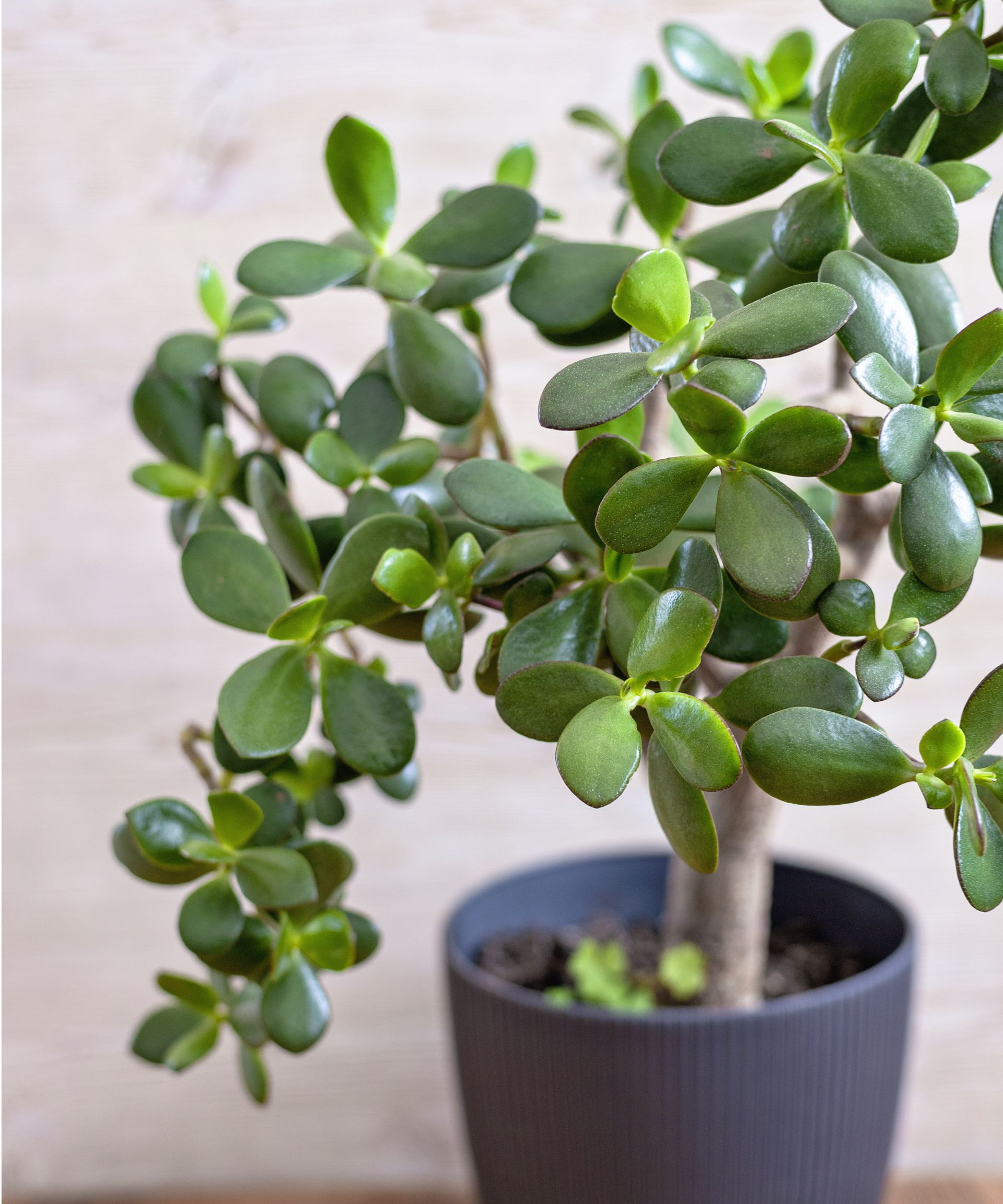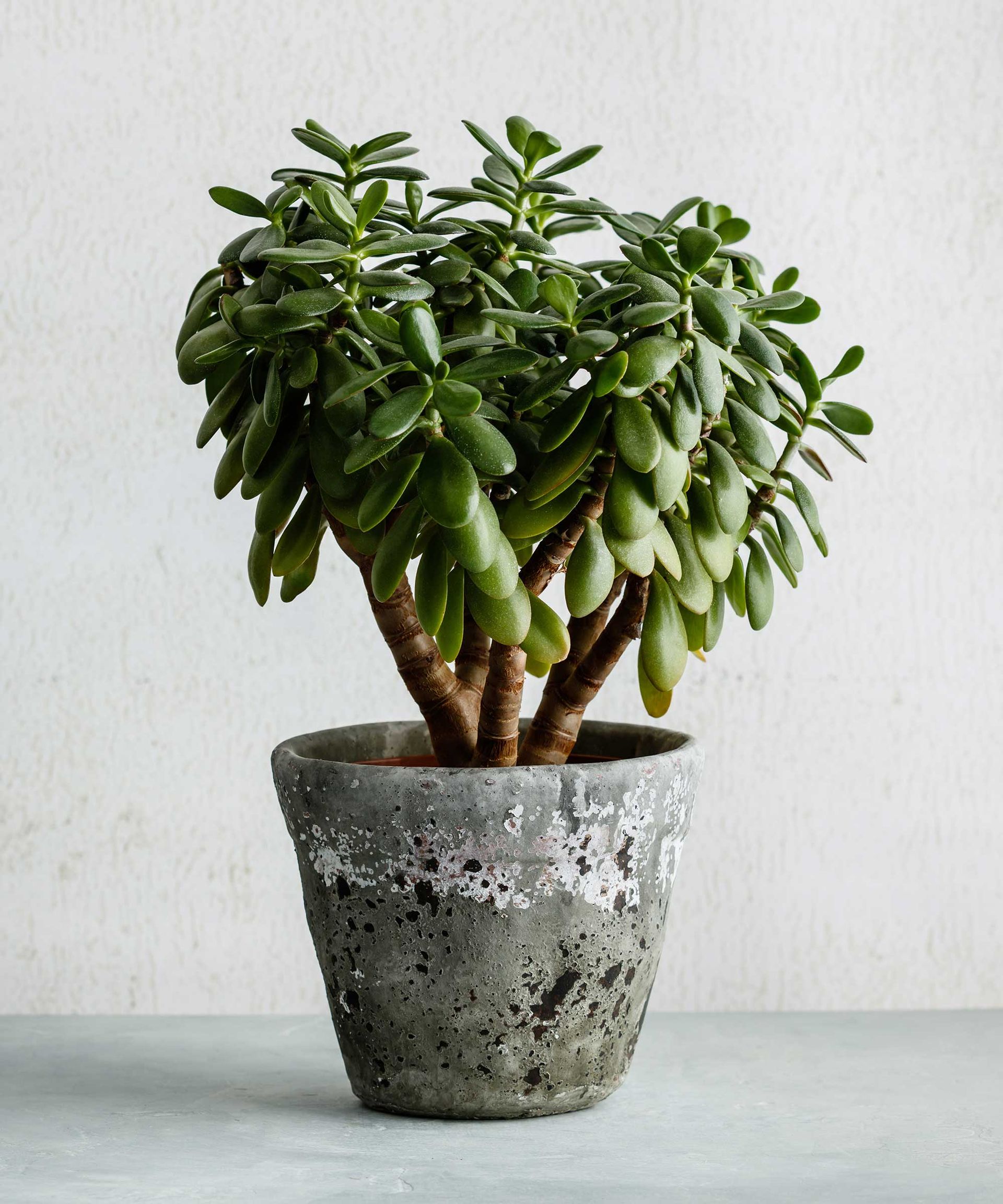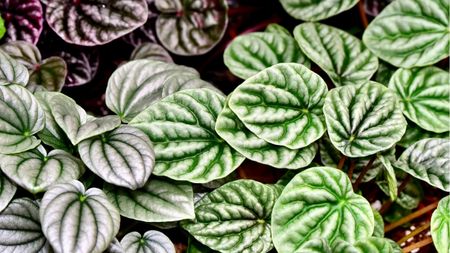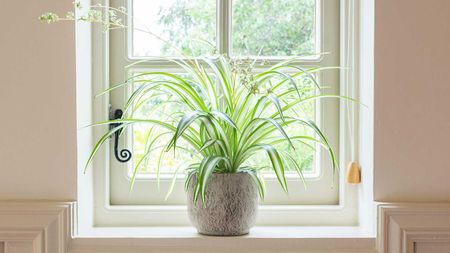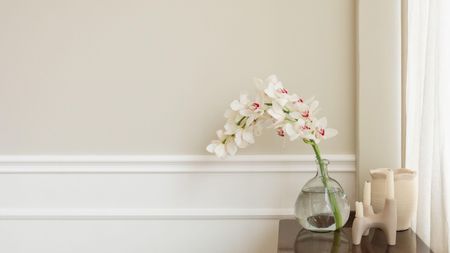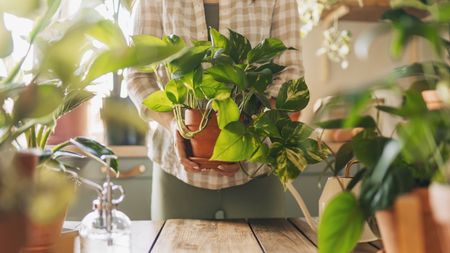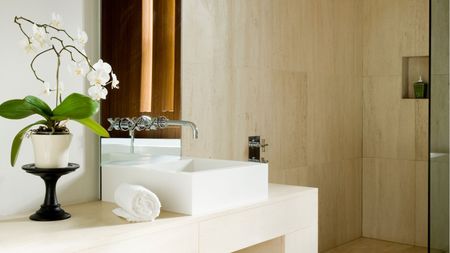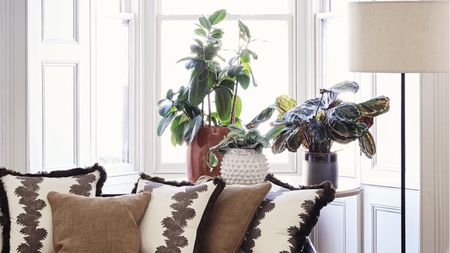I stopped my jade plant turning red by making one small change – it's only grown plump green leaves ever since
Red foliage is a sign of stress and an indication your jade plant's growing environment needs adjusting

My jade plant grows happily on a north-west windowsill in my home office. It hasn't always lived there, though, as it took some trial and error with placing my jade plant to find the right spot for it. This is because I noticed my jade plant turning red after previously sitting somewhere much sunnier.
If you care for a jade plant, this might also be something you've experienced. It's a common problem when figuring out where to place a jade plant. Too much sun, the wrong temperatures, and other factors can cause this plant's succulent leaves to turn a red hue.
While it may look attractive to some, red foliage is actually a sign your jade plant is distressed. However, I discovered how to stop my jade plant turning red and how to prevent it happening again. All it took was one simple adjustment.
What causes a jade plant to turn red?
There are a few causes behind a jade plant turning red, but there is one that is most commonly the culprit: sunlight. More specifically, too much sunlight.
This was the case for my jade plant. As succulents, it's easy to assume jade plants need direct sunlight. For this reason, I first placed my jade plant on a very sunny windowsill.
It didn't take long for the tips of its rounded leaves to turn red, a sign of leaf scorch.
Leaf scorch isn't just to do with sunlight, however, as dehydration can also cause a similar effect. This means watering your jade plant too infrequently can turn it red, too.
Not only this, but letting your jade plant sit in dry soil for a prolonged amount of time can also lead to wrinkled leaves and leaf drop.
Sometimes a jade plant turning red is also a response to temperature fluctuations. Jade plants aren't cold-tolerant houseplants, but likewise don't do well in hot temperatures, causing crisping leaves among other issues.
All of the above factors may cause red foliage as a stress response. They trigger the anthocyanins (red and purple pigments) to be activated, in attempt to protect the plant from damage.
How to stop a jade plant turning red
The best thing to do when you spot your jade plant turning red is act fast. As soon as I spotted those red tips on my jade plant, I made changes to its growing environment.
This included moving it somewhere with less direct sunlight. However, it's also important to not choose a spot too shady, as these are not indoor low light plants. Too little light can cause a jade plant to drop leaves.
If your jade plant turning red is caused by too little water, increase your watering frequency. Take care not to drown your plant, though, as this can cause houseplant root rot.
I like to use this soil moisture meter from Amazon to identify when the top two inches of my jade plant's soil is dry, indicating it's time to water.
As for a jade plant turning red from temperature fluctuations, keep on top of winter houseplant care to keep your plant sufficiently warm during the coldest time of the year. This includes moving the plant away from chilly windows and even using a heat mat from Amazon.
FAQs
Should I remove red jade plant leaves?
Yes, you should remove red jade plant leaves. Red leaves are a sign of stress and indicate something needing to change in their growing environment. You can usually pinch off red jade plant leaves, but can also use essential pruning tools to cut them off – like these pruning snips from Amazon.
Moving my jade plant out of direct sun has kept red leaves at bay ever since. I find my jade plant gives me other signs its growing environment needs adjusting, too. For example, my jade plant droops when it's experiencing a nutrient deficiency. It's easy to fix, however – I just use a jade plant fertilizer (from Amazon) to give it a boost and perk it back up again.
Sign up to the Homes & Gardens newsletter
Design expertise in your inbox – from inspiring decorating ideas and beautiful celebrity homes to practical gardening advice and shopping round-ups.

Tenielle is a Gardens News Writer at Homes & Gardens. She holds a qualification in MA Magazine Journalism and has over six years of journalistic experience. Before coming to Homes & Gardens, Tenielle was in the editorial department at the Royal Horticultural Society and worked on The Garden magazine. As our in-house houseplant expert, Tenielle writes on a range of solutions to houseplant problems, as well as other 'how to' guides, inspiring garden projects, and the latest gardening news. When she isn't writing, Tenielle can be found propagating her ever-growing collection of indoor plants, helping others overcome common houseplant pests and diseases, volunteering at a local gardening club, and attending gardening workshops, like a composting masterclass.
You must confirm your public display name before commenting
Please logout and then login again, you will then be prompted to enter your display name.
-
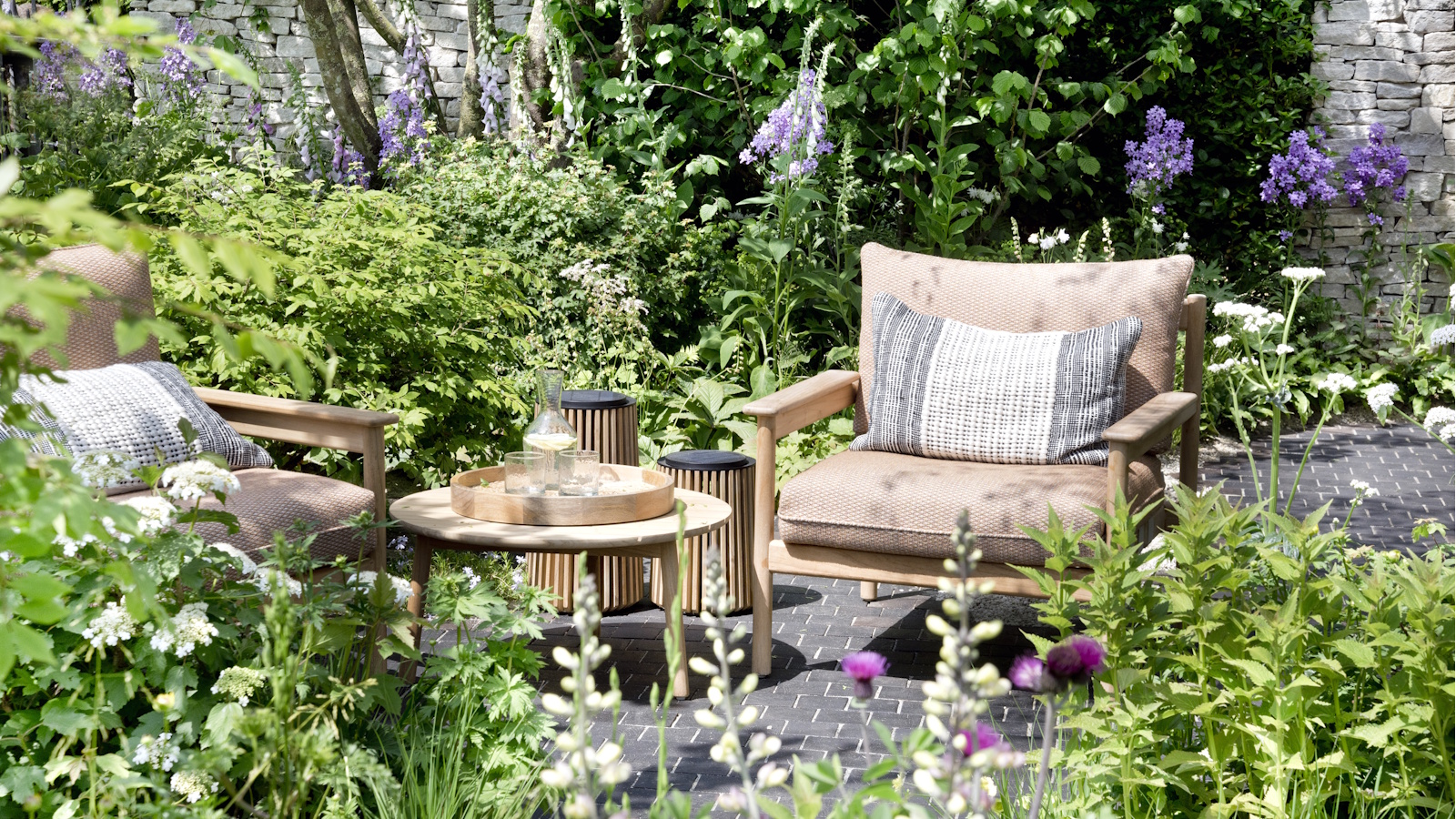 I have the inside track on the Chelsea Flower Show 2025, and these are the 5 tips first-time visitors need to know before attending this year
I have the inside track on the Chelsea Flower Show 2025, and these are the 5 tips first-time visitors need to know before attending this yearYour ultimate guide to navigating the biggest gardening show of the year
-
 How to clean a Ninja CREAMI quickly and thoroughly without cracking it – get back to making delicious homemade ice cream in less than 20 minutes
How to clean a Ninja CREAMI quickly and thoroughly without cracking it – get back to making delicious homemade ice cream in less than 20 minutesAnd you don't need any harsh chemicals
-
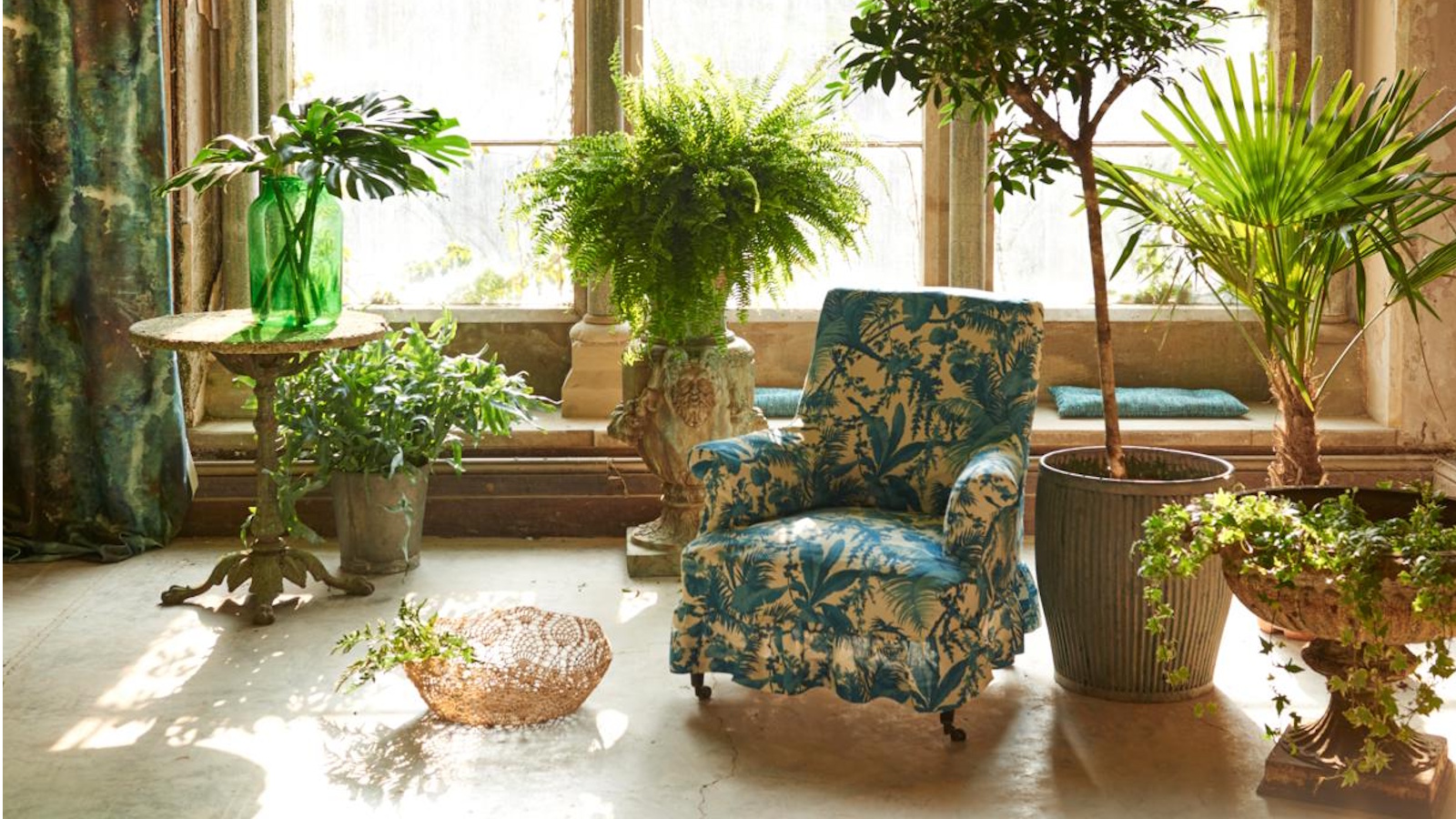 I stopped my monstera leaves curling by making these easy changes – now its statement foliage is the best its ever looked
I stopped my monstera leaves curling by making these easy changes – now its statement foliage is the best its ever lookedKeep your monstera looking perky by managing moisture levels correctly
-
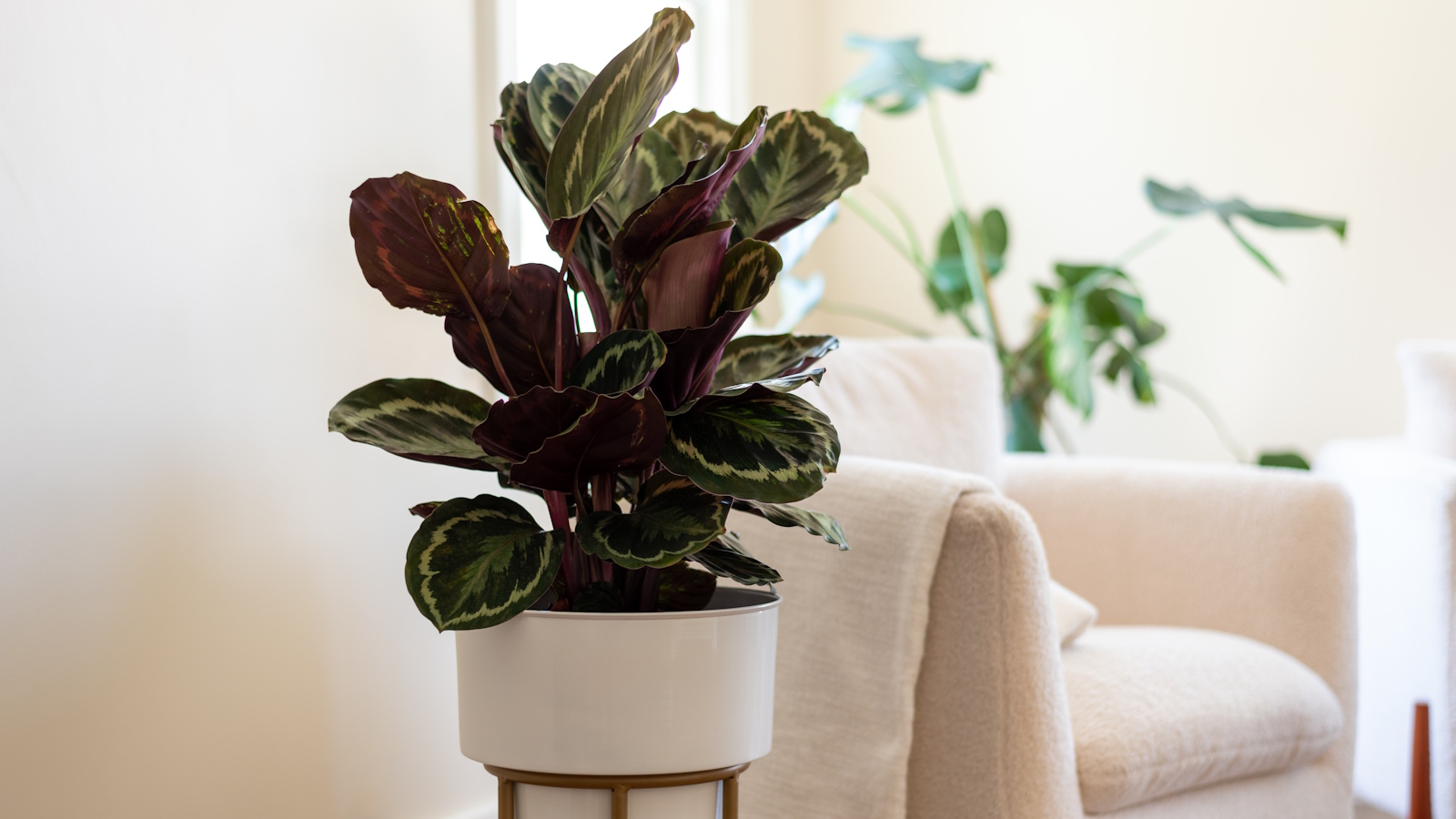 Houseplant experts guarantee these 5 steps will revive a dying calathea – plus tips on how to keep it thriving going forward
Houseplant experts guarantee these 5 steps will revive a dying calathea – plus tips on how to keep it thriving going forwardA little TLC and patience can put these tricky houseplants on the road to recovery
-
How to care for peperomia plants – 3 tips to keep these textured beauties bright
If you love fun foliage, you need a peperomia in your home
-
I followed 3 simple steps to make my spider plant bushier – and it tripled in size after just a few weeks
Through propagation, you can quickly give your spider plant a fuller look
-
A houseplant expert says this DIY orchid fertilizer recipe will make blooms last longer – you probably already have most of the ingredients at home
Your orchids will thank you for creating this nutrient-rich feed
-
7 habits every good plant parent has, according to houseplant experts – number 3 will surprise you most
Watch your houseplants thrive after you build these tasks into your routine
-
My orchid's leaves haven't wrinkled since moving it to this exact spot in my home – it's the easiest hack to keep these flowering houseplants hydrated
Dehydrated orchids can perk up again in the environment of a bathroom
-
I regret buying this hard-to-please houseplant – here's why you should avoid it, too, and 3 alternatives to invest in instead
No matter how much I adjust its growing environment, I cannot get pin-stripe calathea to thrive in my home
